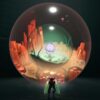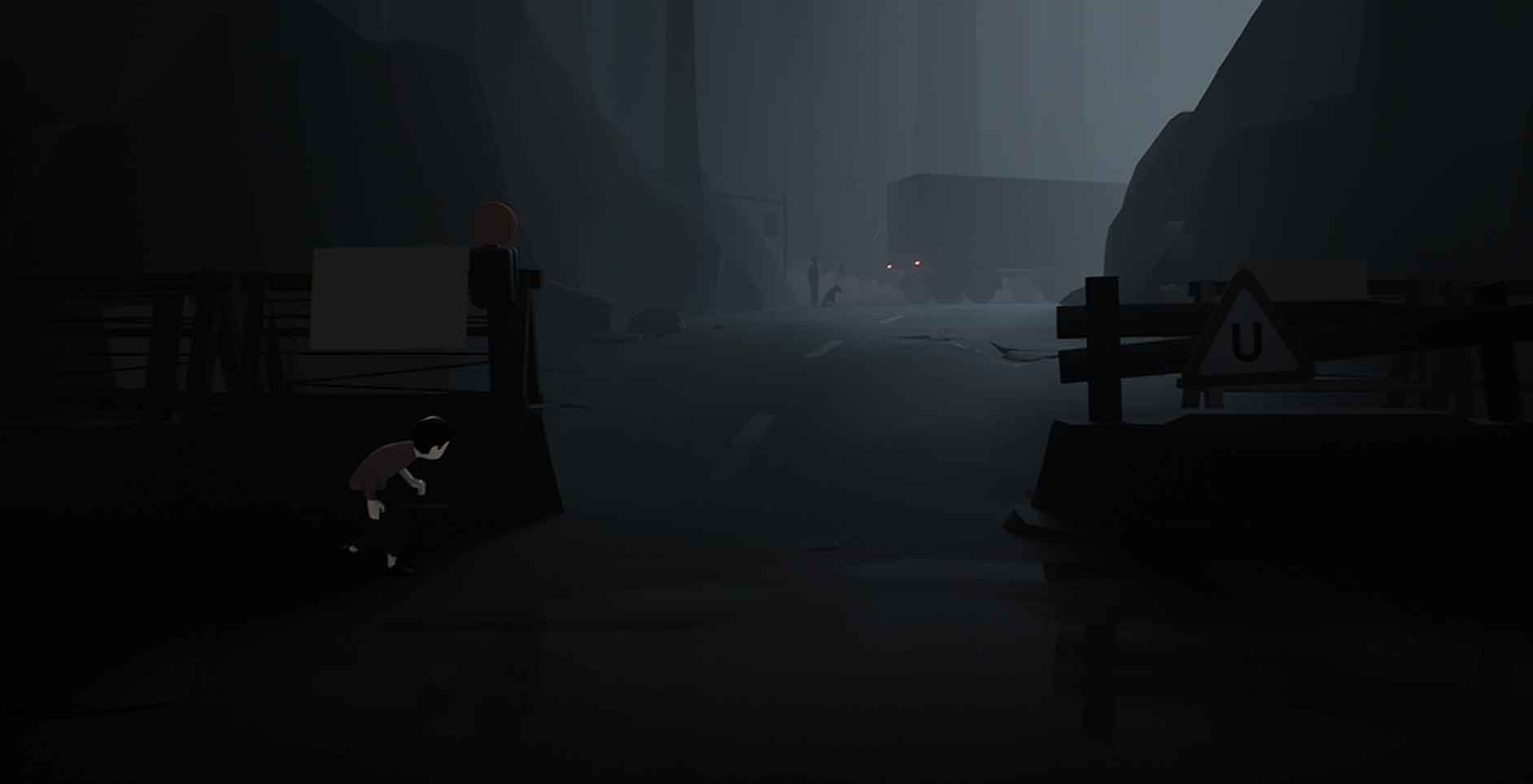Playdead’s Inside is a masterpiece. It’s a game that sticks with you and encourages conversation with others who’ve played it, as well as being an excellent follow up to the developer’s first title, Limbo. It’s best to go into it without any real knowledge of what to expect, as expectations and ideas conceived at the beginning of the game are masterfully blown out of the water by the time the credits roll.
In terms of Inside’s Switch port, it’s easiest to compare the game to Tarsier Studios’ Little Nightmares — a title that shares a handful of technical similarities. Both are puzzle games and are heavily reliant on visual effects and the background to do a lot of the story telling, with both playing really well on Nintendo’s hybrid.
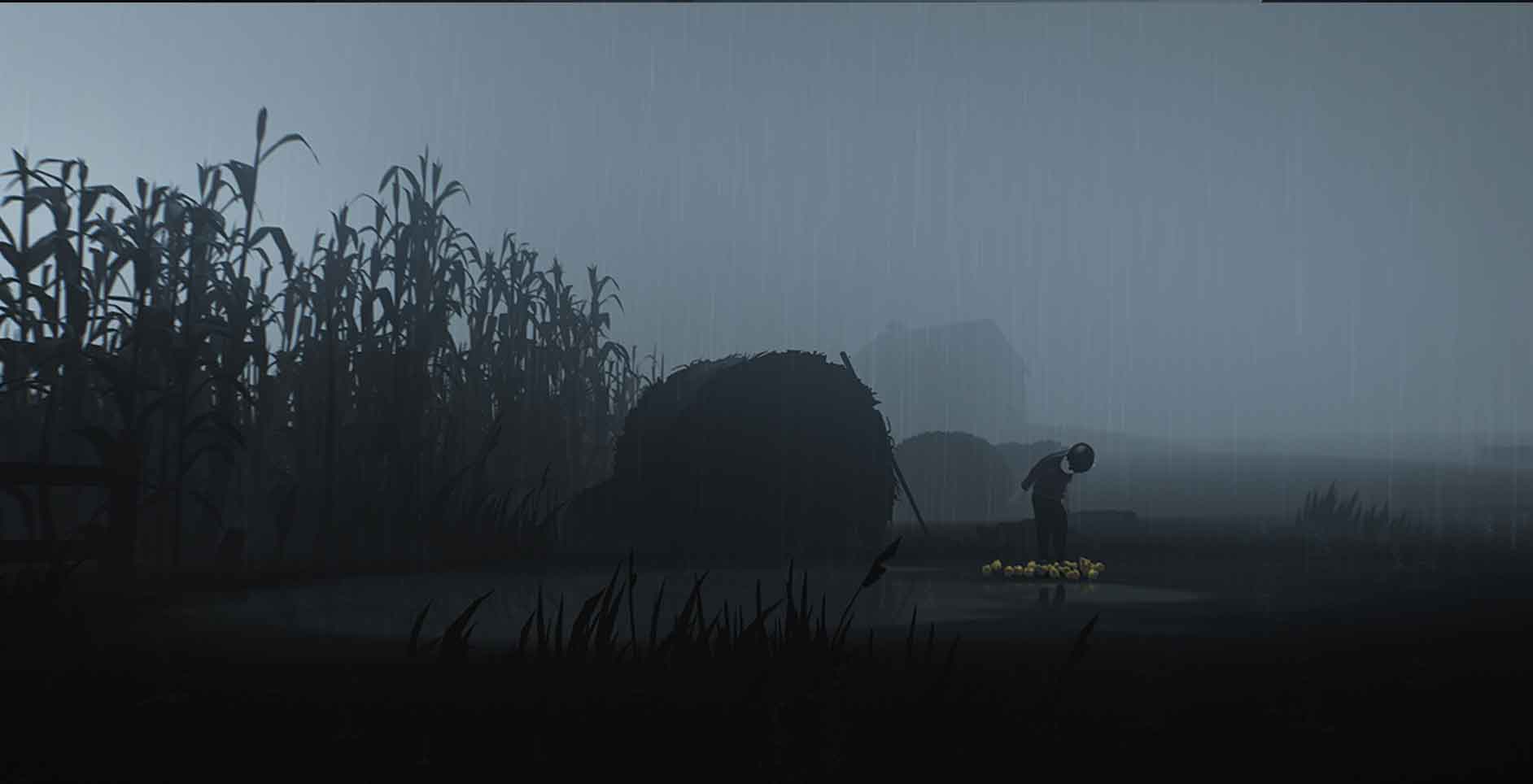 You’re not missing anything from other versions of the game by playing Inside on the Switch either, and, if anything, I found myself more engrossed in the experience thanks to the fact I could play it in bed with all of the lights off and headphones in (which is the best way to play, in my opinion). The game looks incredible on the Switch’s smaller screen, but equally looks great while docked if you prefer to play that way. That said, there are a few small visual sacrifices I noticed during my time with the game, but nothing ever stuck out enough to pull me away from the game’s incredible atmosphere.
You’re not missing anything from other versions of the game by playing Inside on the Switch either, and, if anything, I found myself more engrossed in the experience thanks to the fact I could play it in bed with all of the lights off and headphones in (which is the best way to play, in my opinion). The game looks incredible on the Switch’s smaller screen, but equally looks great while docked if you prefer to play that way. That said, there are a few small visual sacrifices I noticed during my time with the game, but nothing ever stuck out enough to pull me away from the game’s incredible atmosphere.
While relatively short at around three and a half hours for a normal playthrough (without hunting for any of the game’s collectibles), Inside is — without a doubt — an incredibly engrossing, mind-numbing experience. If anything, Playdead’s second game is a must-play, and if you haven’t played it before and have a Switch I implore you to give it a crack.
ORIGINAL REVIEW BY BRODIE GIBBONS (REVIEWED ON XBOX ONE)
Limbo, Playdead’s first release, was as ambiguous as it was achromatic. “Uncertain of his sister’s fate, a boy enters limbo” was all we were offered by way of story in Limbo. Theories sprouted up days after the game’s release as gamers attempted to cobble together something that could explain the game’s events.
Playdead, clearly trying to stoke the fires of imagination, left the game’s true meaning unclear. It’s an approach I love, because a game is always truly memorable when it keeps us talking. Thankfully, I expect their follow-up to 2010’s Limbo, Inside, will warrant a similar response.
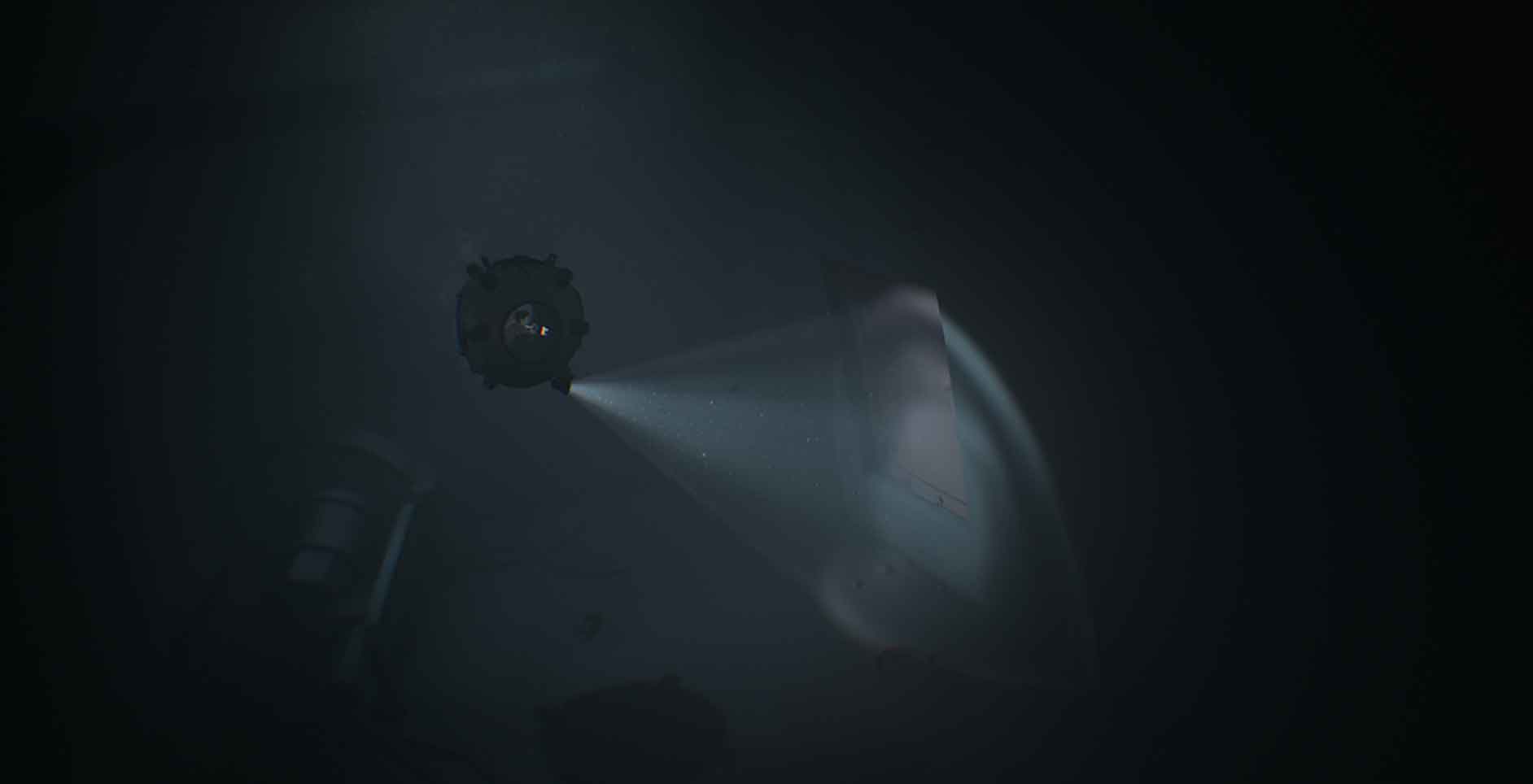
Though vague and, at times, utterly batshit bonkers, Inside, I think (bear in mind, my guess is as good as anyone else’s at this stage), is a bleak look at what control is, and the implications of such a thing. Those that dig a little deeper will perhaps infer the game leveling questions at player agency and other metaphysical themes related to gaming itself.
While Limbo was completely devoid of colour, relying solely on blacks, greys and whites, Inside offers a more varied palette. It’s still bleak, dark and oppressive.
Playdead have developed in leaps and bounds over the six years that divide their two releases, from general modeling to uncannily smooth animation, Inside is a stunning visual feast. There’s a particular entity near the pointy end of the game that’s so fantastically animated, I couldn’t help but marvel at it for a great deal of time.
Limbo was a game rich with atmosphere, as a cold, dead chill hung low over proceedings, always present, as you dredged through what most theorised to be events of a life cut short. Inside isn’t quite as morbid as Limbo, but its point blank look at regime-like oppression and the potential for mankind’s looming atrocities ring true, creating a suffocating feeling through some of the game’s chapters.
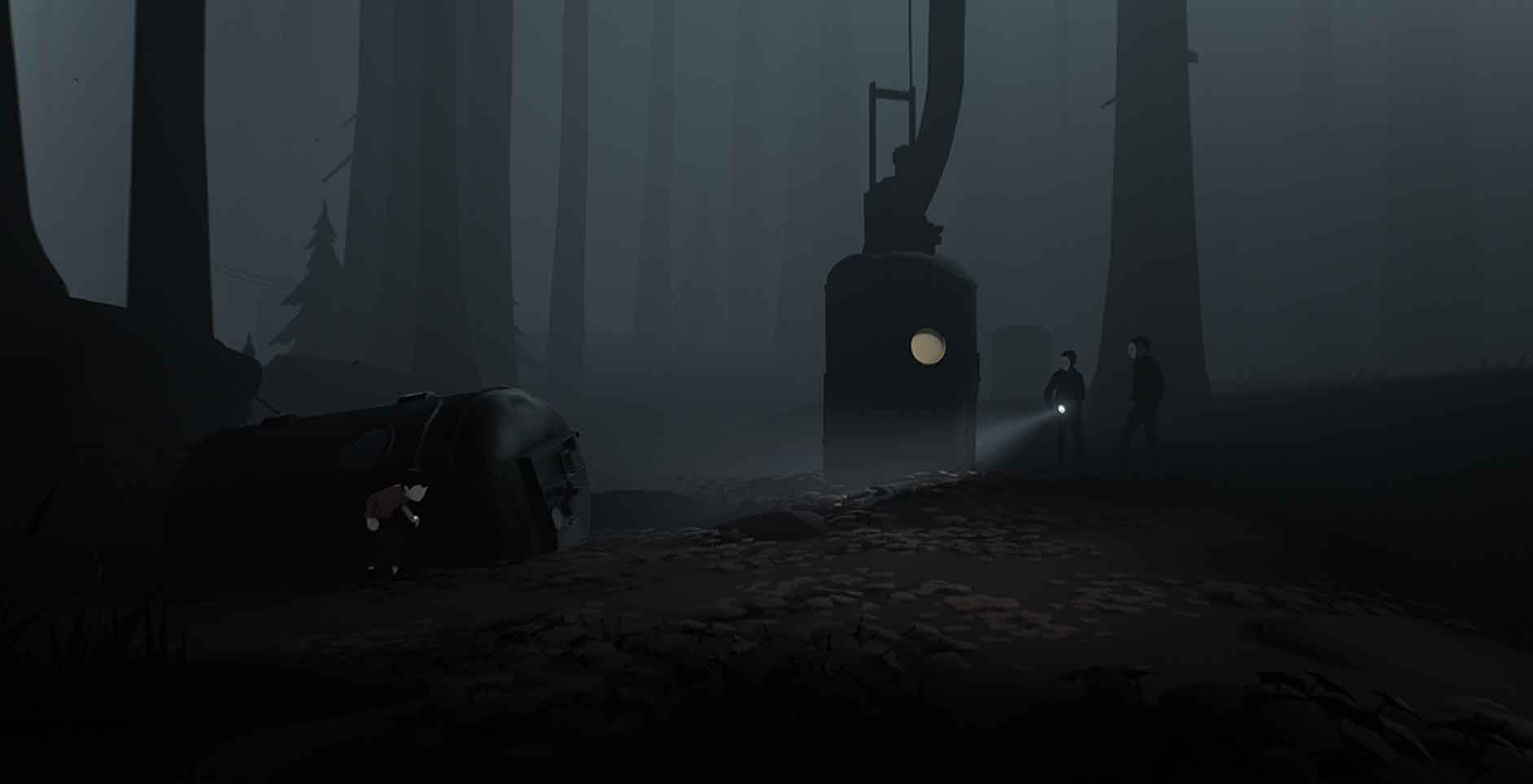
It’s an intelligent game designed by even more intelligent people, it’s so sure-footed in its approach, its goal to make us reflect after the fact was never going to fail. It’s been two days and I’m still consuming the thoughts of others, hoping to see the light through what can only be described as murky waters.
It’ll be clear to gamers from the word go that Inside and Limbo are cut from the same cloth. Playdead must be big believers in ‘if it ain’t broke, don’t fix it,’ and it’s hard to question the mantra when they’ve delivered two games as good as theirs.
Inside is a simple platformer when stripped to its bare components. You can run, you can jump and you can grab. That’s it. It astounds me that a game with so few mechanics can remain engrossing for the entirety of its four-to-five hour runtime. Playdead are consumate pros when it comes to building a world, gently guiding you through with carefully crafted cues, all the while giving context to everything it expects of you.
Some may consider it a fault that Inside’s puzzles aren’t ever challenging. I found Limbo to be a tougher challenge when it came to overcoming its many hurdles, though I am six years older and living in a post-Jon Blow world. I’d consider Playdead’s approach to puzzles in their second title far more creative than they are problematic, which I think is a great thing.
What I’ll always remember is playing through this game for the first time. During the last two thirds of Inside, each new puzzle left me reeling and exclaiming that that’d be the part people’d be talking about online. It was a game that somehow kept one-upping itself, lurching from one ‘holy shit’ moment to the next, right to its final, exhausted breath. It’s hard to pick one favourite lasting memory from Inside, because there’s just so many.
Inside is a game well worth checking out, and its Switch port is an excellent one. It’s a game that’ll set you off talking with others, dissecting and discussing everything Playdead throws at you, and is powerful in its mystery and intrigue. As such, one of the true masterpieces of the generation finds a great new home on Nintendo’s little hybrid.
